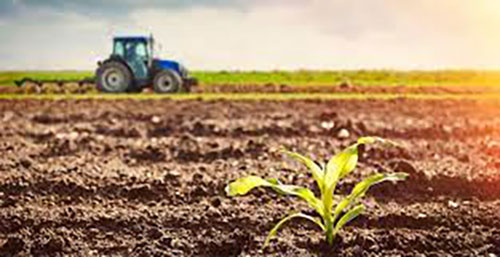I along with the Regional Group of TDs has taken a significant step to address the concerns of farmers across Ireland by moving a motion in Dáil Éireann next Wednesday (12th June) to secure a government guarantee ensuring that agricultural activities can continue on farmland while still meeting the targets set by the upcoming Nature Restoration Law.
The motion, signed by the nine TDs, while acknowledging the urgent need to halt the decline of nature and work towards habitat restoration it also emphasises the importance of protecting the livelihoods of farming communities
The Nature Restoration Law, set for ratification by the Council of Ministers on June 17, 2024, will introduce legally binding targets for the restoration and re-establishment of habitats that all Member States must achieve.
“We note that while targets up to 2030 can potentially be met using State lands but achieving the overall 20% nature restoration target will be challenging. Beyond 2030, it will become increasingly difficult to meet these targets without involving non-State lands, posing significant challenges for existing farmland.
To address these challenges, the Regional Group is seeking cross-party support for their motion. They propose the development of a National Restoration Plan that balances climate action and nature restoration with the voluntary participation of farmland and the protection of farmers’ livelihoods.
The motion specifically calls on the Government to ensure that farmland targeted under the Nature Restoration Law can continue to operate a variety of agricultural activities. This would allow these lands to remain classified as agricultural areas under CAP programmes, ensuring the continuation of farming activities alongside environmental restoration efforts.
If this protection was not put in place with the loss of existing farmland and if the present nitrates derogation was not maintained, the combined impact of both measures would lead to a significant hike in the cost of both rental and sales of farmland, even threatening the viability of many dairy farms across the country”.




